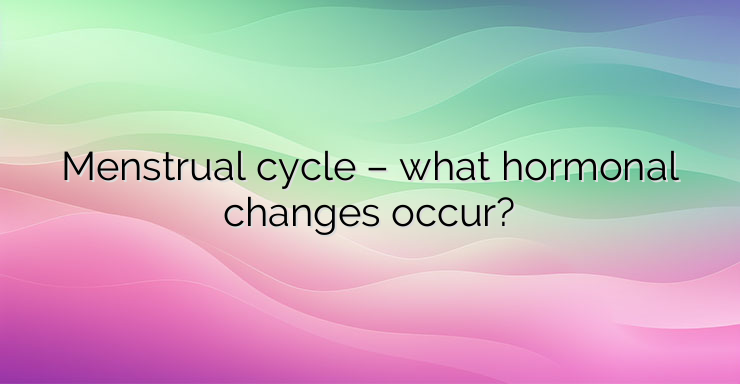Alright, let’s talk about the menstrual cycle. It’s like this amazing dance happening inside a woman’s body every month, all geared up for a potential baby. So, here’s the breakdown:
First off, we’ve got the brain kicking things into gear. The hypothalamus, which is a part of the brain, releases a hormone called gonadotropin-releasing hormone (GnRH). This hormone tells the pituitary gland to start producing two other hormones: FSH (follicle-stimulating hormone) and LH (luteinizing hormone). These are like the messengers that set everything in motion.
Now, the ovaries get into action. They start developing an egg, and when it’s all set, it’s released into the fallopian tube during ovulation. This is usually around day 14 of a 28-day cycle. If that egg meets sperm, voila, you could have a baby on the way!
After ovulation comes the luteal phase. This is when the little leftover sac where the egg was released, called the corpus luteum, starts producing hormones to get the uterus ready for a potential pregnancy.
But what happens if there’s no baby on the way? Well, the corpus luteum fades away, hormone levels drop, and the whole cycle starts again.
Now, what’s a “normal” cycle length? Typically, it’s around 28 days, but anywhere from 21 to 35 days is considered normal. If it’s shorter than 21 days (polymenorrhea) or longer than 35 days (oligomenorrhea), there might be something worth checking out. And if there’s no period at all, it’s called amenorrhea, which could be due to various reasons like pregnancy, breastfeeding, or menopause.
So, how do you know when to get those hormone tests done? Well, it depends on which hormones you’re looking at. During the follicular phase (around days 3-7), you’ll want to check FSH, LH, and estradiol (E2). And during the luteal phase (around days 19-22), it’s all about progesterone to track ovulation.
It’s like a well-choreographed performance, isn’t it? Your body knows exactly what to do, every step of the way.


Leave a Reply